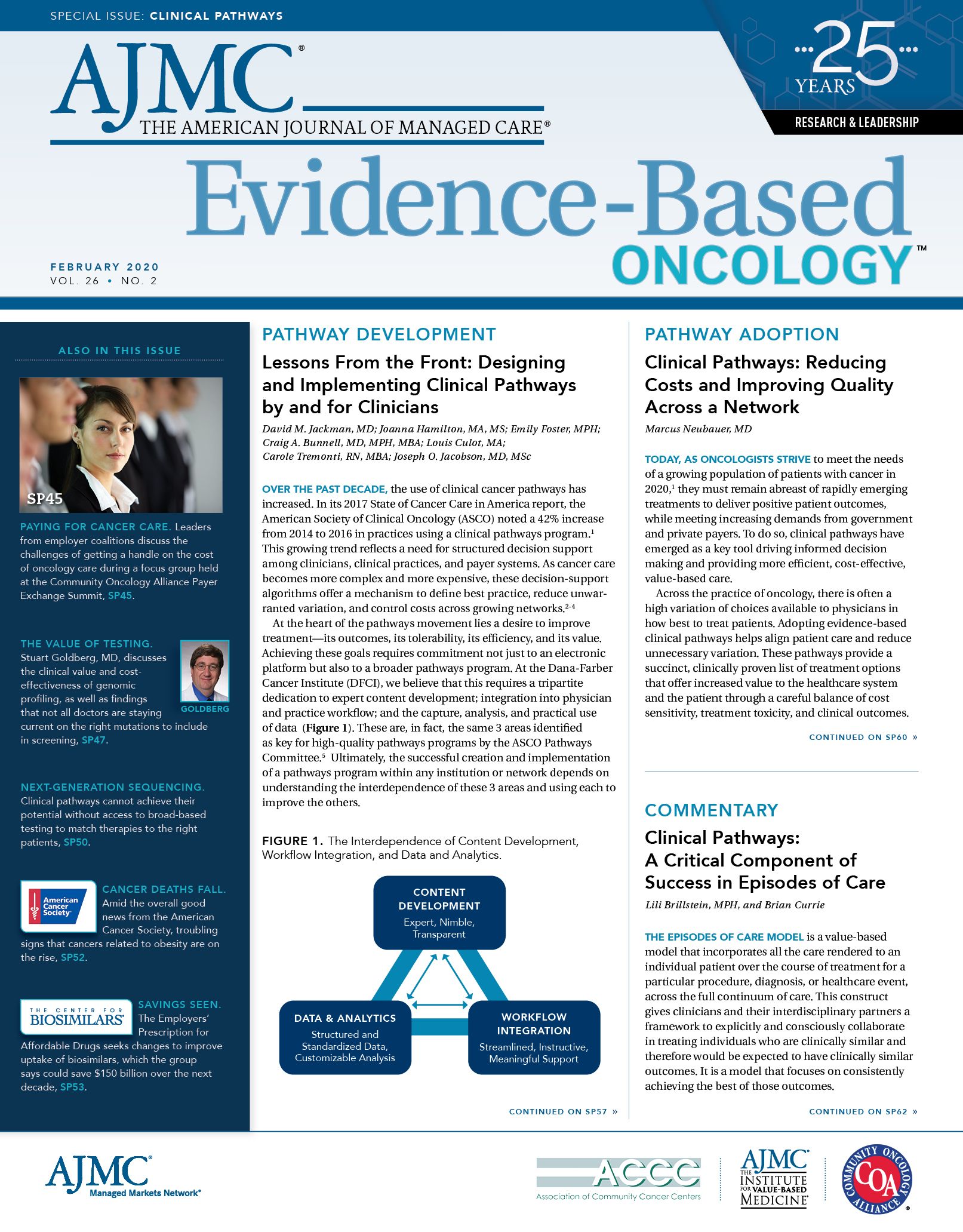- Center on Health Equity & Access
- Clinical
- Health Care Cost
- Health Care Delivery
- Insurance
- Policy
- Technology
- Value-Based Care
Faster Drug Approvals, Weaker Data? Study Raises Questions About FDA Process
Special approval programs have increased FDA administrative costs (paid for mostly by user fees), and postponements of generic competition have been costly to the US healthcare system, according to a recent article in JAMA.
An article in JAMA raises concerns that special and accelerated drug approval programs at the FDA in recent decades may have resulted in a process that approves drugs based on weaker data, without reducing overall drug development time.
An accompanying editorial describes the current regulatory process as “a thicket of special programs, flexible review criteria, and generous incentives” and suggests starting points for reforms, including improving access to biosimilars.
In the article, Darrow et al describe the evolution of FDA’s approach to drug approval from 1983 to 2018 based on federal laws, FDA regulations, drug approval records, and user fee records.1
The FDA must balance rigorous testing of new drugs to clearly define benefits and risks against timely approval for drugmakers and access for patients. The agency instituted special development, protection from generic competition, and expedited approval programs, such as orphan drug, fast track, accelerated approval, priority review, and breakthrough therapy, to support drug development, especially for rare and serious diseases.2 However, in 2018, 81% of all new drugs won regulatory approval through 1 or more of the expedited programs, the article noted.
Special approval programs have increased FDA administrative costs (paid for mostly by user fees), and postponements of generic competition have been costly to the US healthcare system, the authors noted.
Over the time period analyzed, the FDA accepted more surrogate measures; as a result, harder and more relevant clinical end points are studied less often. In 1995-1997, 80.6% of drug approvals were supported by at least 2 pivotal trials compared with 52.8% in 2015-2017. The authors caution that reliance on surrogate measures may accelerate the approval of drugs that pose significant risk but have little clinical value.
The article reports that although the FDA shortened its review times from more than 3 years in 1983 to less than 1 year in 2017, overall drug development time (from beginning human studies to approval) has not changed: approximately 8 years. The rate of new drug approvals (other than generics and biologics) has not increased substantially since 1983.
On the other hand, the authors acknowledge some positive outcomes. The median number of generic drugs rose following legislation to incentivize and accelerate their development. Plus, biologic approvals are increasing over time, reflecting technological advancement. Although drugs are now supported by fewer studies before approval, the number of patients in these studies has not declined.
In the accompanying editorial, Joshua M. Sharfstein, MD, the former principal deputy commissioner of the FDA, suggests 4 starting points for reforms3:
- Rationalize and update programs to preclude unintended consequences (such as reducing competition) and limit fast track and breakthrough status to increase the likelihood that these treatments will offer major advances.
- Strengthen postmarket safety oversight for drugs with the potential for both major benefits and serious risks, and take advantage of Risk Evaluation and Mitigation Strategies.
- Recalibrate programs that provide drugmakers with special marketing protections to reduce costs and improve access to biosimilars.
- Promote the generation of definitive evidence via use of clinically relevant end points with patent and pricing incentives.
“These changes would each reflect an evolution, not a revolution, of the FDA’s approach to new drug approval,” Sharfstein wrote. “These reforms also could bring greater order and thoughtfulness to the regulation of important new therapies, while enhancing safety and creating a greater capability to afford truly transformative medical products.” References
1. Darrow JJ, Avorn J, Kesselheim AS. FDA approval and regulation of pharmaceuticals, 1983-2018. JAMA. 2020;323(2):164-176. doi : 10.1001/jama.2019.20288.
2. Fast track, breakthrough therapy, accelerated approval, priority review. FDA website. www.fda.gov/patients/learn-about-drug-and-device-approvals/fast-track-breakthrough-therapy-accelerated-approval-priority-review. Updated February 23, 2018. Accessed January 19, 2020.
3. Sharfstein JM. Reform at the FDA—in need of reform. JAMA. 2020;323(2):123-124. doi: 10.1001/jama.2019.20538.

Integrated Care for Chronic Conditions: A Randomized Care Management Trial
December 3rd 2025The authors sought to understand the differential impact of payer-led community-based care management approaches on stakeholder-oriented outcomes for publicly insured adults with multiple chronic conditions.
Read More
Managed Care Reflections: A Q&A With A. Mark Fendrick, MD, and Michael E. Chernew, PhD
December 2nd 2025To mark the 30th anniversary of The American Journal of Managed Care (AJMC), each issue in 2025 includes a special feature: reflections from a thought leader on what has changed—and what has not—over the past 3 decades and what’s next for managed care. The December issue features a conversation with AJMC Co–Editors in Chief A. Mark Fendrick, MD, director of the Center for Value-Based Insurance Design and a professor at the University of Michigan in Ann Arbor; and Michael E. Chernew, PhD, the Leonard D. Schaeffer Professor of Health Care Policy and the director of the Healthcare Markets and Regulation Lab at Harvard Medical School in Boston, Massachusetts.
Read More

